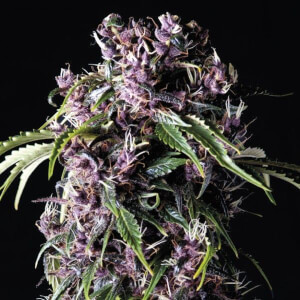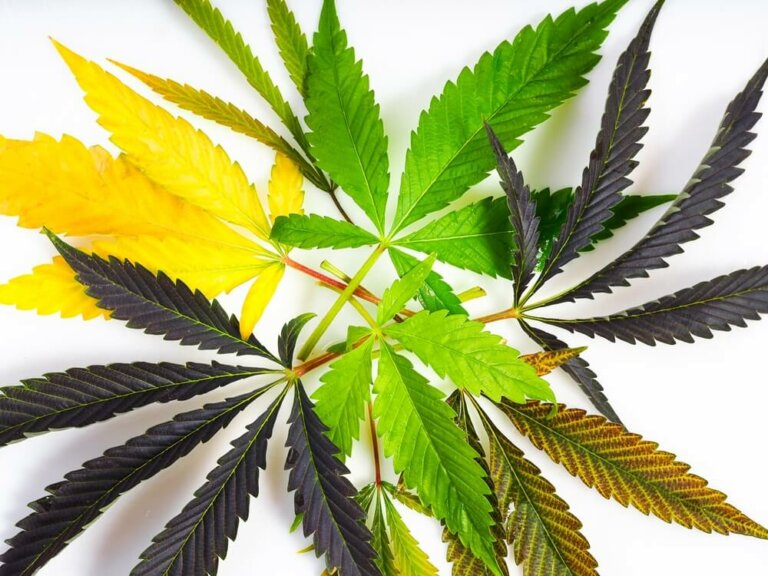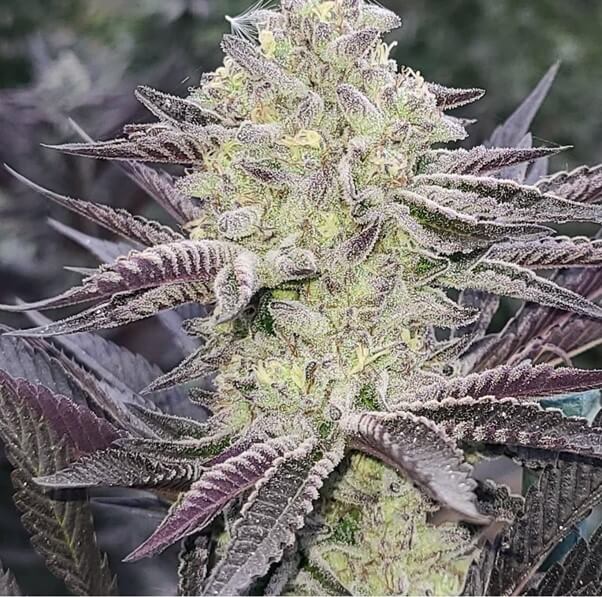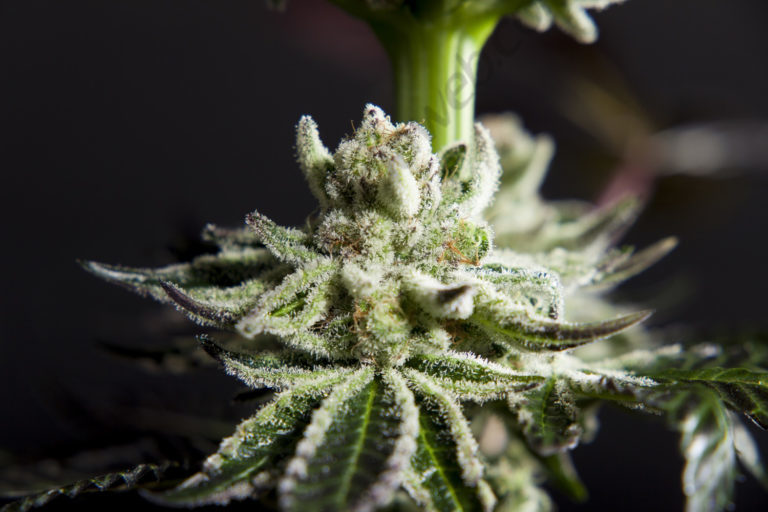Purple cannabis
List of contents
Purple weed is all the rage in Northern California cannabis clubs, as it's highly sought after by both consumers and producers. Let's explore this phenomenon and learn a few things about cannabis and its color. Do you see a strong demand for the color purple these days? Not for everyday use, because this color is very common, but if we're talking about purple marijuana, that's a different story. This is a translation of an article by Subcool, the TGA breeder.
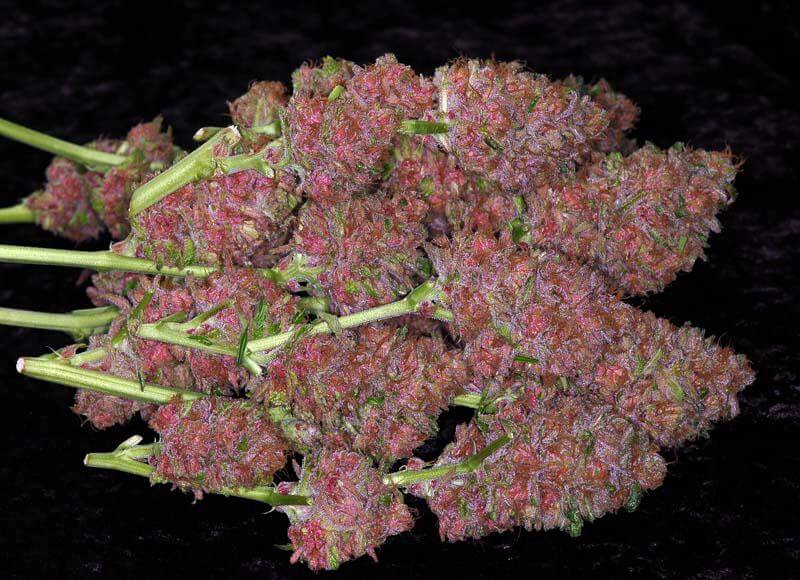
The purple color ( Purple ) by Subcool
The bud clusters of most marijuana varieties are essentially green, but at the end of the season, some elements may appear that can change the color of our fruits.
The intense green of chlorophyll usually hides the color of secondary pigments, but when chlorophyll begins to lose its dazzling green color at the end of the season, the anthocyanin pigments contained in plant tissues are exposed, and extraordinary colors appear during this period.
The purple color, resulting from an accumulation of anthocyanins, is very common in marijuana. This color change is generally triggered by a change in season and can be accelerated in an indoor grow by lowering the temperature by approximately 5°C.
This doesn't mean that purple is controlled solely by the environment, as it is also a genetic trait. For purple to develop during ripening, a variety must have the genetically controlled metabolic potential to produce anthocyanin pigments and be receptive to environmental changes such as cold temperatures at night. This means that a variety may have the genetic potential to change color, but if conditions are not favorable, it will never do so.
I've been growing Jacks Cleaner genetics for a long time, and when I came to the West Coast, I found much cooler temperatures than I was used to, so I got some beautiful purple colorations during ripening.
There are other pigments that can modify the color of cannabis at the end of flowering, such as carotenoids, which are responsible for the yellow, orange, red, and brown colors that buds can take. I think this purple coloring effect is much easier to find in marijuana crops grown in soil with organic fertilizers, but for a strain to truly be called Purple, both the large leaves and the interior of the buds must be purple.
An aspect I find equally interesting is the ongoing debate about the potency of Purple marijuana. Among those of us who have grown marijuana with purple buds under certain conditions, such as some Black Russian phenotypes, we have noticed something that seems odd. When you grow females from a hybrid that produces both red and non-red females at the same time, the colored ones always seem to be less potent .
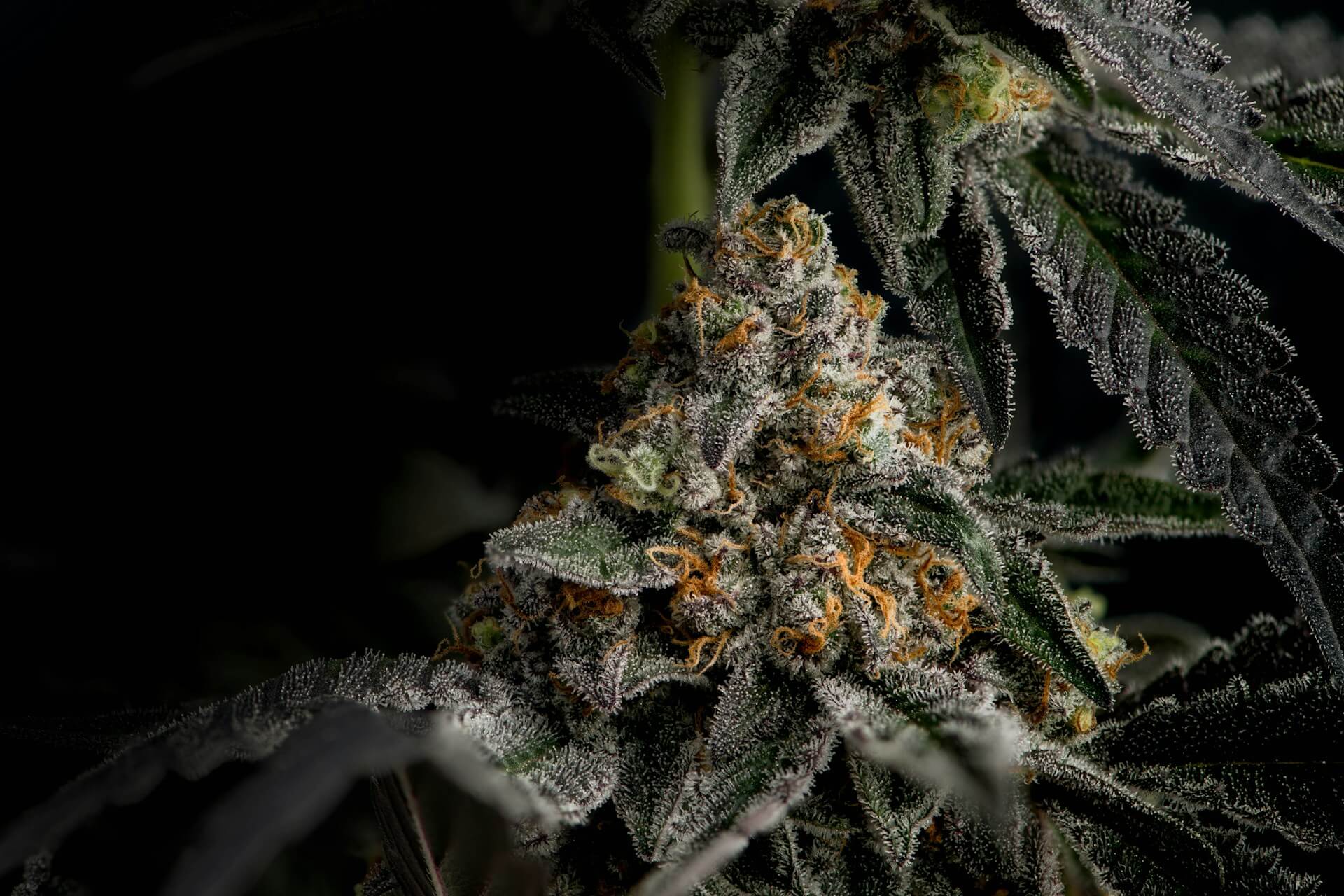
That's not to say I've never smoked a great purple weed, though; for example, Urkle and Querkle (a TGA Urkle hybrid) both have amazing flavors and are very potent, making them favorite strains for many users.
I have friends who grow a local clone of Purple Urkle that has extraordinary flavor. It's a variety only available as cuttings, native to Northern California. It's easily one of the best-tasting purple varieties available, and it's purple all the way to the center of the buds—the smallest part of the plant is purple!
I'd give it an 8 for the intensity of the effect, which is very noticeable. It's a plant I shouldn't miss and is, by far, my favorite. After consuming it for an entire afternoon, I realized its main attraction is the grape and lavender flavor it leaves on your lips.
Purps and Mendo Purps are both famous for their flavor, but I wasn't impressed by the first Mendo I tried. It didn't have a grape or berry flavor , but that may have been a poor-quality sample. We've also tried numerous red varieties in Amsterdam, but none stood out from the rest.
There are so many Purple marijuana clones in California that it’s hard to really know their exact origins, but I recently smoked a Sputnik 2 female with beautiful purple colors that knocked me out in 3 tokes. Badboy recently revived a strain called Purple Helmet that he describes as very tasty and is now growing. Double Purple Doja , a TGA creation, gets me on the couch, but I wouldn’t put it up against Apollo-13 or something like OG Kush .
Other Purple marijuana strains from Northern California:
Granddaddy Purple, Godfather Purple, Super Purple Kush, God's Gift, Urkle, Purple Midnight, Purple Rainbow, Purple Princess, Purple Fire, Purple Cream, Purple Rainbow, Lavender, Purple Friday, Purple Magic, Ray's Purple ...
Most of these varieties can be found in garden clubs, but they may be the same varieties grown by different people under new names. I can't confirm this, but several people believe the Urkle clone and the Lavender clone are the same plant.
Let's continue exploring this paradox of color and potency. I recently tried Berry Surprise, and although it seemed exceptional, I didn't even finish the sample because I didn't really notice any flavor beyond the combustion. We're currently growing Lavender and crossing it with some males to study the traits it transmits to its offspring.
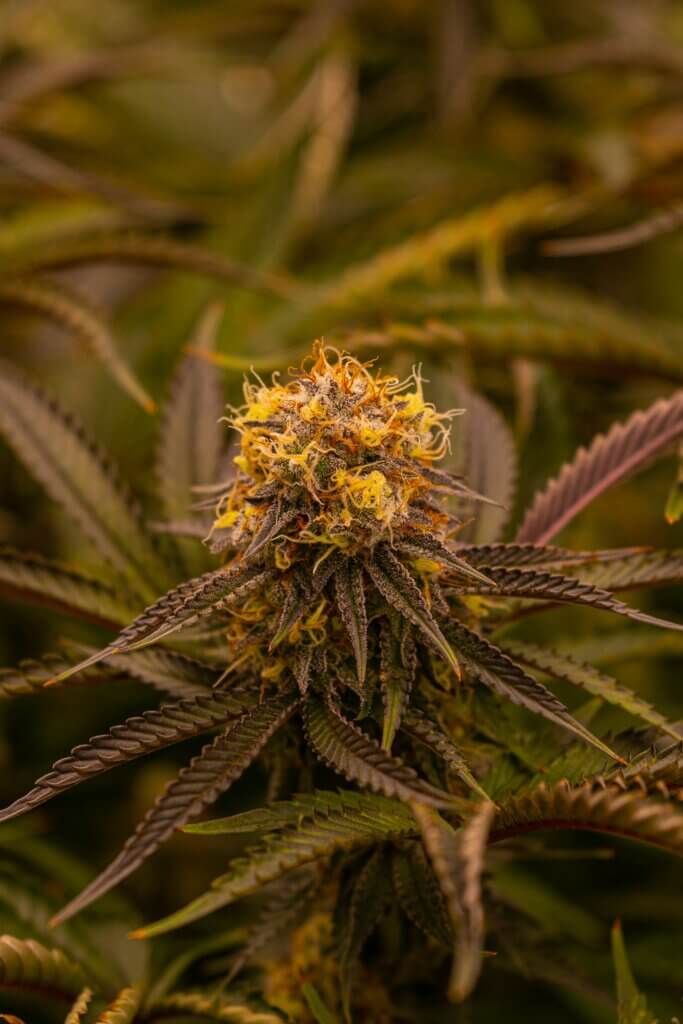
Let's see how we can enhance the colors of your cannabis garden.
The first trick to achieving beautiful color changes is to use an organic soil mix with a perfect NPK balance. This will allow the plant to utilize all available nitrogen before degrading its chlorophyll, allowing the red pigments to appear while the green color fades.
I'm sure this can be done in hydroponic cannabis growing, but since plants respond very quickly and absorb nutrients in the water very well, it will be easier for a hydroponic plant to be dazzling green, while a plant in organic soil will be bursting with color.
The second thing that can really make a difference is having a large thermal gap between day and night temperatures. With a simple, small climate control system and a well-designed grow tent, it's easy to reach temperatures around 15°C when the lamps are off.
Once the bulbs are on, the temperature will easily hover around 25°C or more, which translates to a difference of more than 10°C. This will quickly trigger a strain's color change if it contains the gene responsible for this trait. I must say, from experience, that this is a characteristic that most marijuana strains possess. Bringing in fresh air from outside during colder months can also be very helpful in adding color to your grow, and it will also deter insects. A flowering tent can even withstand very low temperatures if you don't rely on the temperature of the hydroponic tank.
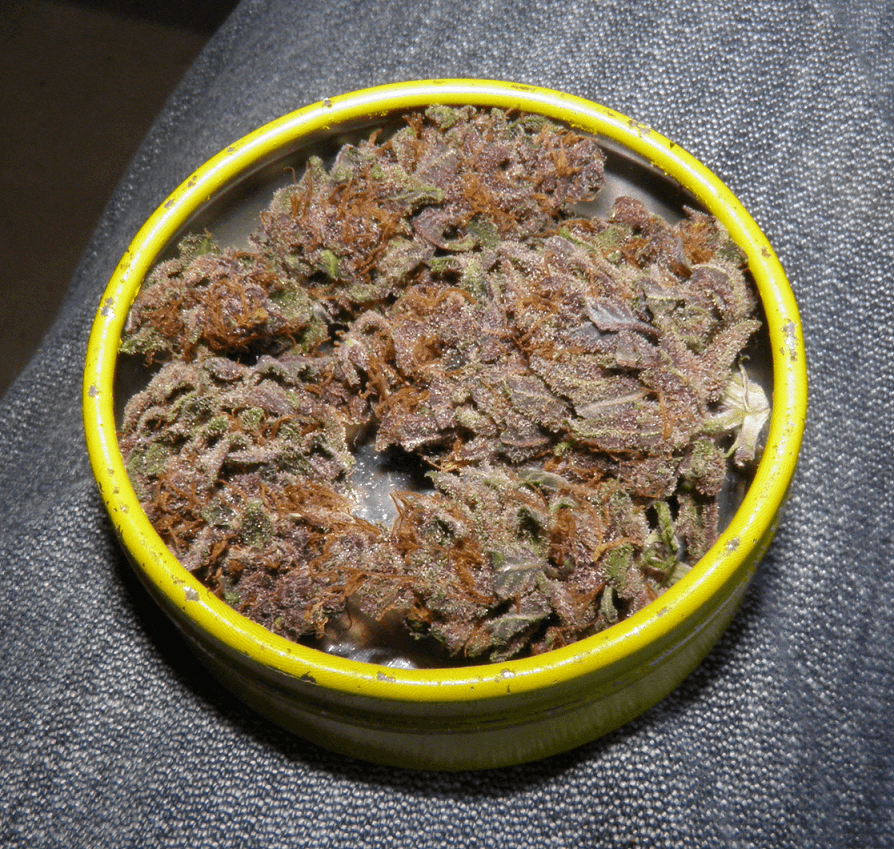
Finally, proper nutrient utilization is very important. If you apply nitrogen (N) too late in flowering, you'll never see this color change and may even affect the flavor. I've noticed that plants that are deadheaded too early have a sweeter flavor, but in this case , there's a significant loss of yield .
Using good catalysts can also help you a lot, such as citric acid and carbohydrates (sugars) that seem to accelerate the ripening process. I currently use them in the 4th week of flowering, as well as in the 6th week.
The Querkle strain was created by crossing a Urkle clone with a Space Queen male. You can see in the photos of Querkle that it has purple traces, which it also transmits to its offspring. It has become one of our most sought-after creations.
Happy harvest!


